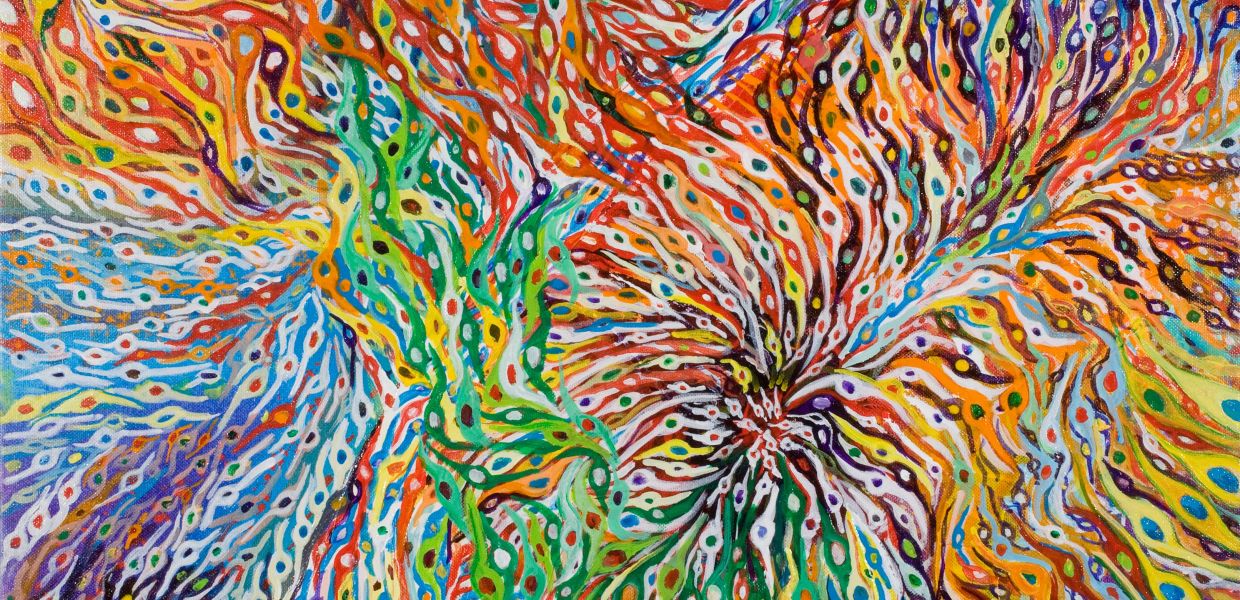How neuroscience, technology and Europeana resources are empowering students
Teacher José Ramón González Quelle tells us how integrating digital cultural heritage into the school syllabus results in endless possibilities for the student experience.
My name is José Ramón González Quelle. I am currently the Secondary-School Principal at Corazón de María’s School in Gijón, Asturias, Spain. Our school has 1,690 students from 3 to 18 years old. I have used Europeana Collections resources since 2015 in order to integrate cultural heritage into my lessons. At the same time, I also promote the use of these resources among my fellow teachers.
Our main aim is that technologies for learning and knowledge give way in our school to technologies for empowerment and involvement.
Can you tell us a little about your educational background?
I hold a BA in History and I specialise in geography. Since 2015 I have attended many seminars and trainings about innovation in schools and I have learned about Gardner’s Theory of Multiple Intelligences and how neuroscience can help us, teachers, to shift from an old-fashioned way of teaching (lecturing the kids) to a more 21st century approach based on such things as cooperative learning, flipped learning, inquiry, etc. Since then I have done my best to adapt my lessons according to these new teaching methods and I am deeply convinced that this is a path of no return.
How did you find out about Europeana resources for education?
Four years ago I had the opportunity to learn about Europeana's resources through the European Schoolnet (EUN) portal. I started using Europeana Collections at that time to develop a cooperative project related to the First World War. Thanks to the letters from the trenches, we analysed the feelings of the men who were off at the front and also the feelings of their families during the war. We also studied the effects that the Great War had on Europe by using the pictures of the conflict. Finally, we held an exhibition commemorating the beginning of the First World War in which all our findings were shown. We even dared to rewrite the First World War using our smartphones to post on social media as though we had played a role in the conflict!
At the moment, I am using the collections related to migration and 20th century art by including both of them within the syllabus. Students are using them in their own projects, in this way they can reach a deeper understanding of the historical facts. And the result? Cultural heritage becomes important and integrated into their lives!
Last year I was involved in the last Europeana project with EUN as a User Group teacher. The experience of making up a learning scenario was very interesting for both teachers and students. By using Europeana resources we could go from recorded history to first-hand storytelling using images and voices obtained from Europeana.
We started this school year with the news of the appointment of the Coordinator of International Projects at our school, Rafael Montero, as Europeana Ambassador for Spain. This is a way to acknowledge the work he has developed in different European Schoolnet projects recently!
How is your school integrating digital culture into the classroom? Can you give us an example?
It was an interesting challenge at the beginning. Several social sciences teachers who were taking part in the Europeana MOOC were willing to create activities using the resources available on the platform. We realised that by working together we were able to learn from each other and the process was definitely easier. We think this can be one of our added values.
Now our goals as a school are more ambitious and other subjects are starting to get involved in carrying out different activities. Technology teachers are designing a project to build a stereoscope and work with the stereoscopic images available on the platform. Rafael Montero, who is a STEM teacher, also developed an activity for his physics class in which he used some recordings of birds available in Europeana Collections. The possibilities are endless!!!
What are the reactions of your students?
Whenever they talk about this way of learning, they use such words as ‘excitement’ or ‘discovery’. At the end of the school year, some of their parents emailed me to say it had been a very enriching academic season and my subject seemed to be a real example of both motivation and creativity.
All this is possible thanks to the use of resources that allow us to gain an insider understanding of history: with the project on the First World War, students shared the feelings and emotions of those who visit the battlefields today and relive the events.
https://bit.ly/2FCcjAS
By implementing Europeana's learning scenario on Alsace and Lorraine they understood the importance of keeping the peace over all wars.
https://bit.ly/2DJeyQS
With these pedagogical materials and scenarios, they are able to interpret the past to understand the present and to analyse the future of the European Union.
What is the result? This year we are preparing an exhibition about the 20th century using Europeana resources that will allow us to explore the history of European people. In March 2019 it will be ready!
Do you plan to go on using digital culture at your school?
Our school has just begun creating interdisciplinary projects. They are usually a one or two-week activity involving different subjects. The teachers help the students work on items of the syllabus with a more hands-on approach. We believe this will be another opportunity to integrate digital culture in our lessons as a means of sharing the know-how of the social sciences teachers with other departments of our school. This is the great challenge: to integrate arts into any subject to make learning visible and supply students with references to understand the world.

